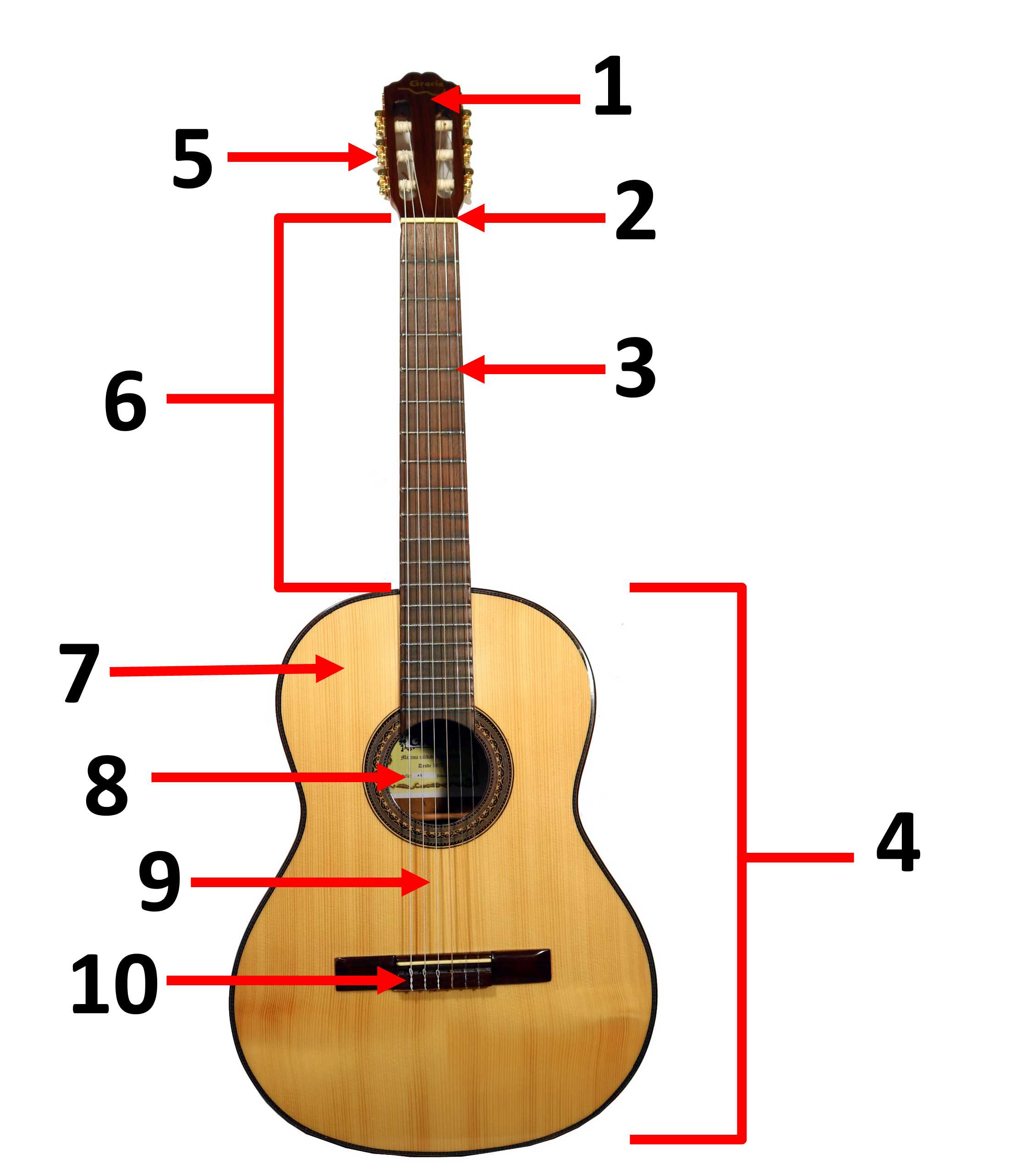
Guitar Parts Trivia Quiz
A guitar needs many different parts if a musician is going to be able to play music on it. In this quiz match the names of the parts to their location on the guitar.
A label quiz
by Stoaty.
Estimated time: 3 mins.
- Home
- »
- Quizzes
- »
- Music Trivia
- »
- Musical Instruments
- »
- Guitar
